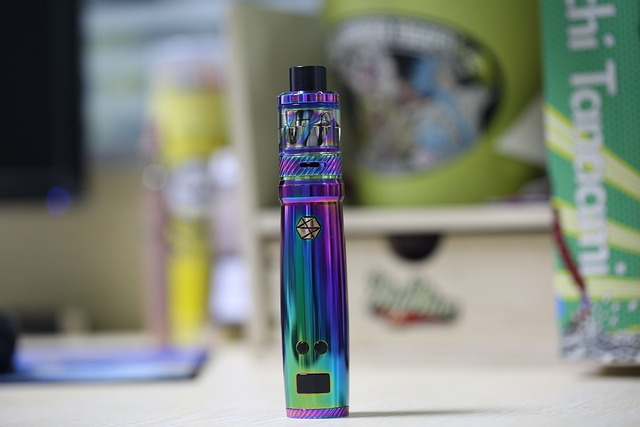Exploring the Impact of Scar P3: A Comprehensive Analysis
In the realm of skincare and dermatology, scar P3 has emerged as a pivotal topic of discussion. As one delves into the world of scars, it becomes evident that understanding the nuances of scar classification and treatment is crucial for both practitioners and patients alike. This article aims to break down the intricacies of scar P3, its implications, and treatment options that promise optimal skin healing.
Understanding Scar Classification

Scar P3 refers specifically to the classification of scars based on their characteristics, appearance, and associated symptoms. In dermatology, scars are generally divided into various categories, with P3 denoting a particular class that involves more significant textural irregularities and pigmentation changes. This classification primarily addresses hypertrophic scars and keloids, conditions that can arise after injury or surgical procedures.
Scar P3 lesions usually present as elevated, raised scars which can be red or darker in pigmentation compared to the surrounding skin. They often cause discomfort, itching, or even pain, leading to a diminished quality of life for affected individuals. Understanding these characteristics is essential for effective diagnosis and treatment planning.
The Importance of Treatment Strategies
Effective management of scar P3 requires a multipronged approach. Treatments can range from topical therapies to more invasive procedures, depending on the severity and type of the scar. For instance, silicone gel sheets and topical silicone products have shown significant success in reducing the redness and thickness associated with hypertrophic scars.
In more advanced cases, dermatologists may recommend procedures such as laser therapy, which helps in breaking down excessive collagen in the scar tissue. This minimally invasive option can result in smoother skin and reduced pigmentation. Chemical peels and microneedling are also popular treatment modalities that stimulate the skin’s natural healing processes, promoting a more even skin tone and texture.
Case Study: Treatment of Scar P3 with Laser Therapy
Take the case of a 28-year-old female patient with a hypertrophic scar resulting from a previous surgical procedure. Traditional treatments had yielded minimal results, which led her to seek laser therapy. Researchers found that after a series of fractional laser treatments, the patient’s scar significantly flattened, with noticeable reduction in both size and color. This case underscores the effectiveness of targeted interventions for scar P3.

Living with Scar P3: Emotional and Psychological Aspects
Beyond physical manifestations, scar P3 can also carry emotional burdens. Many individuals experience feelings of self-consciousness and anxiety related to their scars. This psychological impact should not be overlooked, as it significantly influences a patient’s overall well-being and can affect social interactions and self-esteem.
Healthcare providers are recommended to take a holistic approach when treating scar P3, incorporating mental health support alongside physical treatment. Counseling and support groups can offer patients the space to share their experiences and feelings, which plays a vital role in the healing process.
Future Directions in Scar Treatment
As research continues to evolve, new treatment modalities for scar P3 are emerging. Recent advancements in regenerative medicine, such as the use of platelet-rich plasma (PRP) therapy, show promise in enhancing the healing properties of the skin. In PRP treatment, a concentration of platelets from the patient’s own blood is injected into the scar site, promoting tissue regeneration and reducing scar appearance.
Moreover, ongoing studies on the influence of stem cell therapy hold potential for revolutionary approaches in treating scars in the future. These innovative techniques could greatly improve outcomes for patients suffering from scar P3.
In conclusion, the complexities surrounding scar P3—from its classification to treatment options—underscore the importance of an informed approach to dermatological care. With emerging therapies and a deeper understanding of patient needs, the future of scar treatment looks promising, affirming that every setback can also pave the way for innovative breakthroughs in skincare.






